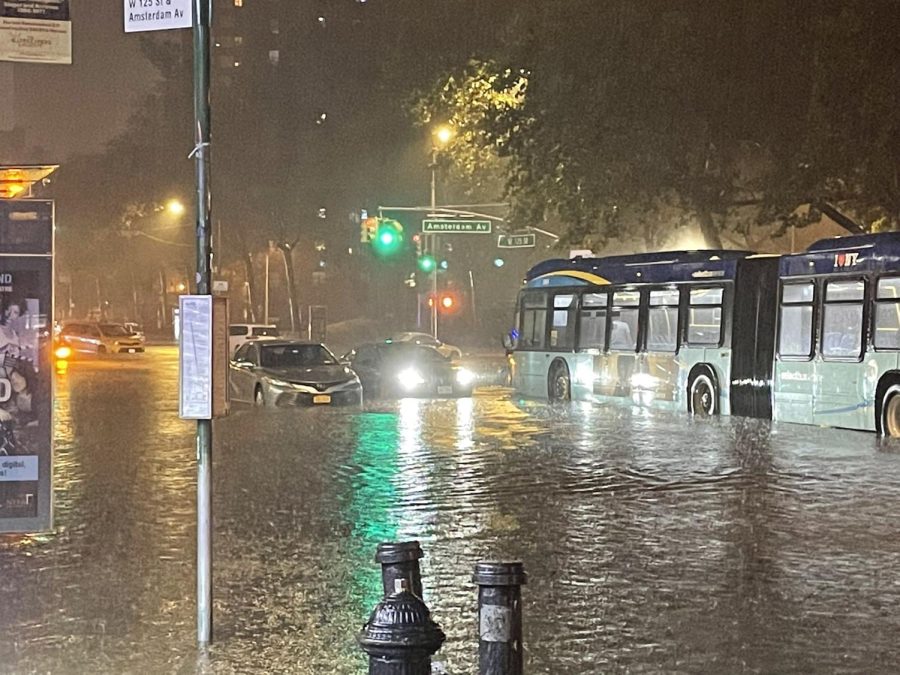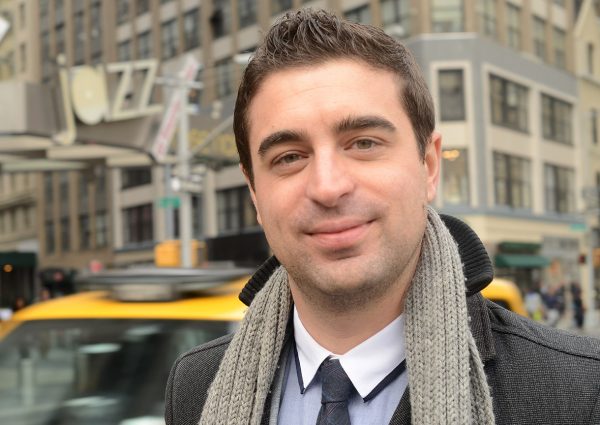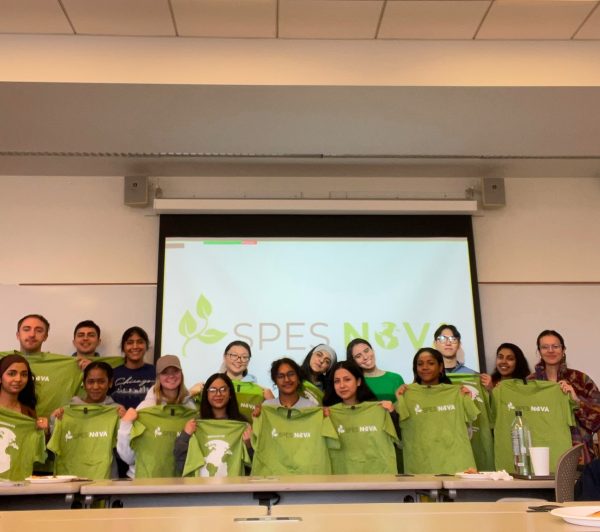Fordham Administration Grapples With the Climate’s Dire Future
After Walsh Library and the basement of the McGinley Center flooded due to excessive rainfall last month, Fordham’s administration began to question whether the systems currently in place were really enough to combat the changing climate and what could be done to make Fordham more sustainable.
Marco Valera, Fordham’s Vice President of Administration, said the systems currently in place to combat flooding and damage due to extreme rain weren’t necessarily designed to withstand the effects of global climate change. “We’ve had extreme weather; it’s not a new thing for us,” Valera said. “But with climate change, we’re seeing a lot more of it a lot more often, so that’s our concern.”
Valera explained how Rose Hill’s topography allows certain places like Walsh Library and the McGinley Center to be more prone to flooding and that because of this, there are already systems in place to minimize damage. “[In this recent event], these systems were just overwhelmed,” Valera said. “So we’re revisiting that, looking at how we can make our infrastructure more robust, and this is happening city-wide…Right now, we’ve engaged a civil engineering firm to look at our weak spots […] and out of that study we will do [what’s recommended] and upgrade our infrastructure where it needs to be upgraded.”
Valera discussed that many don’t realize these systems are there because they’re either underground or hidden in plain sight. “All of the gravel that you see in the wooded area [outside Cuniffe], that’s to retain water,” he said. “Underground between the library and Campbell, there is a system of bases that take runoff [water] and hold it.”
In regard to Walsh Library’s flooding, Valera explained how Fordham is working to address these infrastructure issues. “The library is a unique location, and the loading dock has to be redesigned — that’s what we’re working on,” he said. “The loading dock built up with water, the water got to about 5-6 feet [high], overwhelmed the doors, and that’s how it flooded into the basement.” Because Walsh Library’s lowest level was the most affected by last month’s flooding, Valera said the university is prioritizing improving its infrastructure going forward. “We’re hardening the library in particular [because it is most vulnerable] and trying to put in water-tight doors and possibly pumping equipment,” he said.
Another factor in the Rose Hill campus’s susceptibility to flooding is the infrastructure of the Bronx, said Valera. The Bronx has a combined sewer system, where sewage and storm water are not separated and treated separately but rather are held together in one pipe. The New York City government website reports that “approximately 60% of New York City has a combined sewer system [where] managing stormwater in this system can pose challenges because during heavy rainstorms, combined sewers receive higher than normal amounts of stormwater.”
In terms of Fordham’s ability to deal with heavy rainfall, Valera said that “even though our infrastructure is probably good and everything’s running smoothly, we get it out to the city sewer and it [backs up] and then our system backs up.”
On the topic of general sustainability, Valera spoke briefly about Fordham’s efforts to lessen dependency on fossil fuels and start to rely on electric power around campus. “We have natural gas on this campus [Rose Hill] primarily for heating, and we have initiatives to make that much more efficient so we can reduce the amount of gas that we use,” he said. “Since we have started our Climate Action Plan, we have reduced our greenhouse gas emissions by 26%, and we’re shooting to [reduce emissions] by 40% by 2030.”
Fordham’s 2014 Climate Action Plan outlines several initiatives to improve efficiency of energy usage around campus such as replacing old lighting systems and installing solar panels. “But it’s really hard to untangle infrastructure that’s been in place for decades from [natural gas],” Valera said. “But [my office] invests several million dollars a year into getting our infrastructure to be less polluting […] it just takes a lot of time.”











































































































































































































